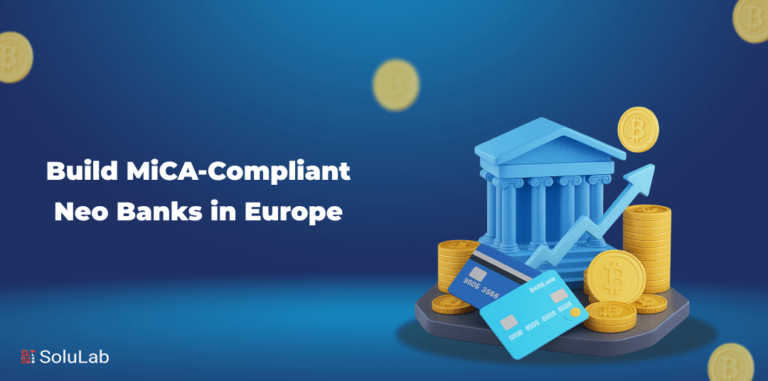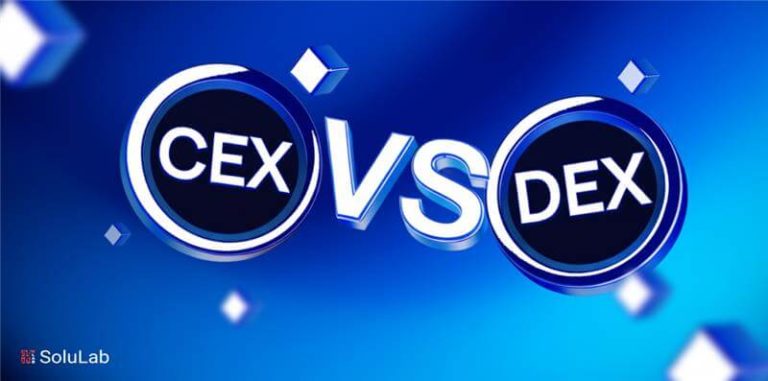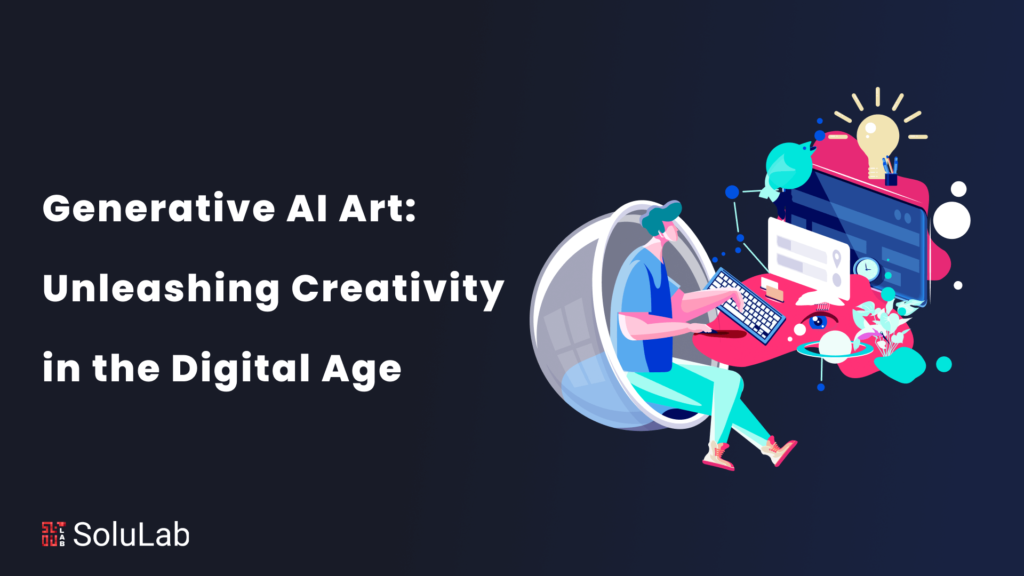
In the crucible of the digital age, where the binary pulse of technology meets the kaleidoscopic realm of human creativity, a mesmerizing phenomenon is taking shape: Generative AI Art. It’s a captivating synergy of algorithms and artistic vision, a dynamic interplay that transcends conventional artistic boundaries.
Generative AI Art is more than a mere collaboration between human artists and machines; it’s a revolution in the act of creation itself. At the heart of this revolution lies the intricate dance of Generative Adversarial Networks (GANs) and neural networks, orchestrating a symphony of pixels into art that challenges the very essence of creativity. This fusion beckons us to rethink not only the tools at an artist’s disposal but also the fundamental nature of what it means to be a creator in the digital age.
In this blog, we embark on a journey through the ethereal landscapes of pixelated dreams and algorithmic brushstrokes, unraveling the transformative power of Generative AI in Art in reshaping how we conceive and appreciate the artistic process.
So, let’s get started!
What is Generative AI in Art?
Generative AI in art is a groundbreaking intersection of artificial intelligence and creative expression, where algorithms take center stage in the artistic process. At its core, Generative AI refers to the use of algorithms, particularly Generative Adversarial Networks (GANs) and neural networks, to autonomously produce original and often unpredictable pieces of art. Unlike traditional artistic methods, where the artist’s hand guides every stroke, Generative AI introduces a dynamic collaboration between human intent and machine intelligence.
The key mechanism driving Generative AI in art is the concept of Generative Adversarial Networks. This architecture involves two neural networks — a generator and a discriminator — engaged in a continuous, adversarial learning process. The generator creates images or content, attempting to mimic real artwork, while the discriminator evaluates these creations, providing feedback to refine the generator’s output. This iterative loop results in the generation of increasingly sophisticated and nuanced art, with the algorithm learning and evolving with each cycle.
Generative AI in art is not merely a tool for automation; it represents a paradigm shift in how we conceptualize the creative process. Artists harness the potential of these algorithms to explore new realms of artistic expression, from visual arts like painting and sculpture to multimedia installations and beyond. The allure of Generative AI lies in its ability to produce art that surprises, challenges, and often transcends the boundaries of what human hands alone can achieve. As artists increasingly integrate these technologies into their practice, the definition of creativity itself undergoes a metamorphosis, ushering in an era where collaboration with intelligent algorithms becomes a conduit for unparalleled innovation.
Evolution of Generative AI in the Artistic Landscape
The evolution of Generative AI in the artistic landscape marks a transformative journey that stretches from the infancy of AI-powered creativity to its current status as a revolutionary force. The roots of this evolution can be traced back to the early experiments with AI-generated art, where rudimentary algorithms attempted to replicate artistic styles. These humble beginnings laid the groundwork for what would eventually become a flourishing field at the intersection of artificial intelligence and artistic expression.
As technology advanced, so did the capabilities of AI in art generation. The introduction of AI art generators, propelled by sophisticated algorithms and machine learning models, catalyzed a paradigm shift. These generators, often based on Generative Adversarial Networks (GANs), brought a dynamic interplay between the AI and the artist. The generator, akin to an apprentice, learns from existing art datasets and creates novel pieces, while the artist refines and directs the process, curating the output to align with their vision.
One notable milestone in the evolution of Generative AI revolutionizing art is the democratization of AI art generators. As these tools became more accessible, artists of diverse backgrounds and skill levels found themselves equipped with a digital palette that transcended traditional constraints. The boundaries between amateur and professional blurred, ushering in an era where anyone with a creative spark could engage with AI to bring their visions to life.
The landscape continues to evolve, with AI art generators evolving into sophisticated tools capable of nuanced understanding and expression. The synergy between human intuition and machine intelligence deepens, pushing the boundaries of what is conceivable in the realm of artistic creation. From mimicking established styles to forging entirely new genres, the evolution of Generative AI in the artistic landscape is an unfolding narrative of collaboration, innovation, and limitless creative potential.
Significance of Generative AI in Unleashing Creativity
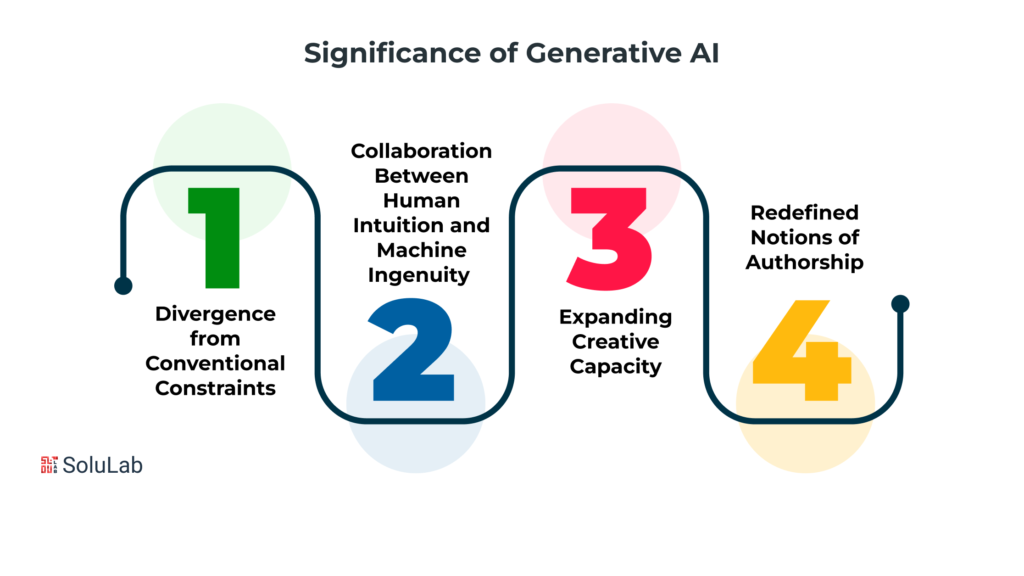
The advent of Generative AI has ushered in a new era where the constraints of traditional creativity are challenged, and the bounds of artistic expression are expanded exponentially. The significance of Generative AI in unleashing creativity lies in its ability to serve as a catalyst for innovation, pushing the boundaries of what was once deemed conceivable in the realm of art.
-
Divergence from Conventional Constraints
Generative AI liberates artists from the shackles of convention, allowing them to explore uncharted territories of imagination. The technology introduces an element of randomness and unpredictability, providing a departure from the familiar, and often encouraging artists to embrace the unexpected. In doing so, Generative AI becomes a powerful ally in breaking away from artistic norms and fostering the birth of truly unique and groundbreaking creations.
-
Collaboration Between Human Intuition and Machine Ingenuity
The synergy between human creativity and the computational prowess of AI is a hallmark of Generative AI. Artists are no longer solitary creators but collaborators in a dynamic dance with algorithms. This collaboration empowers artists to leverage the computational capabilities of AI, allowing them to experiment with novel ideas, styles, and forms that might have remained undiscovered in a purely human-centric creative process.
-
Expanding Creative Capacity
Generative AI acts as an augmentation of artistic capability, enabling creators to amplify their creative potential. AI serves as a tool that can seamlessly integrate with the artist’s vision, offering an expansive canvas where ideas can be tested, refined, and brought to life with unprecedented speed and depth. This amplification of creative capacity democratizes the act of creation, empowering artists of varying skill levels to engage with and contribute to the evolving landscape of artistic expression.
-
Redefined Notions of Authorship
As AI becomes a co-creator, the conventional notions of artistic authorship undergo a profound shift. The lines between the artist’s hand and the algorithm’s output blur, prompting contemplation on the nature of creativity and authorial ownership. Generative AI challenges the traditional hierarchy of the artistic process, inviting a reevaluation of the role of the artist in the creation of art.
In essence, the significance of Generative AI in unleashing creativity lies in its capacity to redefine artistic paradigms. It is a catalyst for innovation, a collaborator in the creative process, and a tool that empowers artists to transcend conventional limits. As the digital canvas expands and the dialogue between human intuition and machine ingenuity deepens, Generative AI stands as a testament to the boundless possibilities that lie at the intersection of technology and artistic expression.
The Creative Process with Generative AI
In the dynamic realm where pixels meet imagination, the creative process with Generative AI is not just an evolution but a revolution in artistic expression. Let’s delve deeper into the intricacies of this transformative journey, where collaboration, customization, and boundary-breaking redefine the contours of the art industry.
-
Collaboration Between Artists and Algorithms
Generative AI unfolds a new chapter in artistic collaboration, where artists and algorithms engage in a nuanced dance of creation. This collaboration is not a surrender of artistic control but an invitation for the artist to share the stage with intelligent algorithms. Artists act as conductors, guiding the AI in art industry to produce art that resonates with their vision. This interaction is symbiotic, creating a dialogue that transcends the traditional artist-tool relationship. The AI becomes an assistant, suggesting possibilities and adding a layer of unpredictability, turning the act of creation into a co-authored masterpiece. This fusion of human ingenuity and machine creativity reshapes the narrative of artistic collaboration, offering a glimpse into a future where artists and algorithms compose symphonies of visual poetry together.
-
Customization and Control in Generative Art
At the heart of Generative AI’s impact on the art industry lies the unprecedented level of customization and control it brings to the creative process. Artists wield digital brushes with precision, tailoring the algorithm’s parameters to suit their artistic intent. This customization extends beyond mere stylistic choices; it delves into the intricacies of randomness, color palettes, and thematic elements. The result is not just art generated by AI; it’s art sculpted by the artist’s discerning hand. This heightened level of control empowers artists to explore the nuances of their vision with unparalleled precision, ensuring that each stroke, each hue, is a deliberate expression of their artistic identity.
-
Breaking Traditional Boundaries Through AI
Generative AI in the art industry is a disruptive force, challenging the very foundations of artistic norms. It opens a portal to uncharted territories, where traditional boundaries are not constraints but invitations to explore. Artists leverage AI to experiment with unconventional ideas, blend diverse influences, and forge entirely new paths in artistic expression. The technology becomes a bridge between genres, eroding distinctions and fostering a creative environment where hybridity is not just accepted but celebrated. This break from tradition doesn’t just redefine individual artistic styles; it reshapes the collective consciousness of what art can be, expanding the horizons of creative exploration in ways previously deemed impossible.
In this era of artistic renaissance, the collaboration between artists and algorithms, the finesse of customization, and the liberation from traditional boundaries through the Generative AI models unveil a canvas where creativity knows no limits. As we navigate this unexplored terrain, we witness not just a revolution in art but a reimagining of the very essence of creative expression in the digital age.
Challenges and Ethical Considerations in Generative AI Art
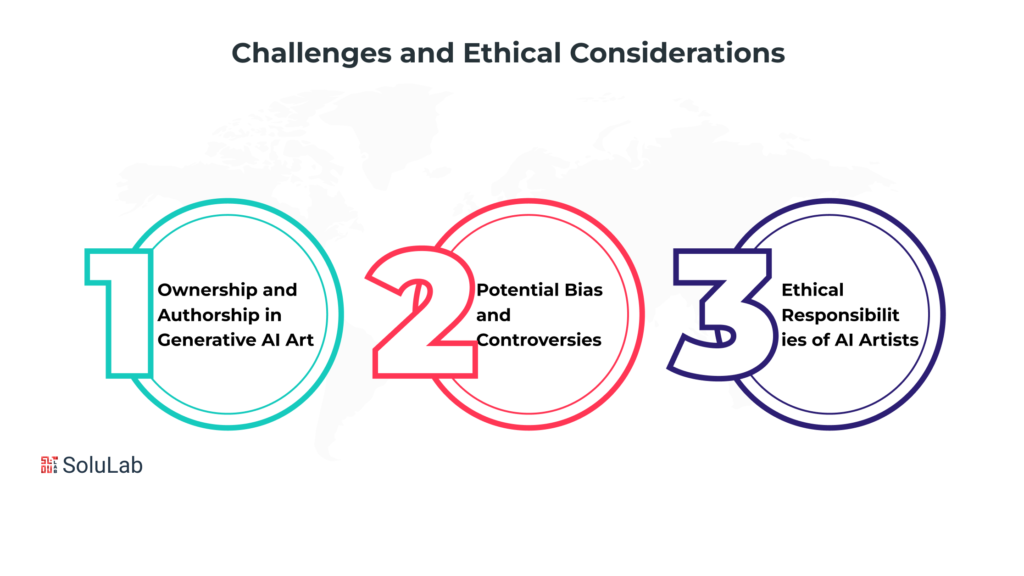
While Generative AI Art opens doors to unprecedented creative possibilities, it also brings forth a constellation of challenges and ethical considerations. As we navigate this complex landscape, three critical aspects demand our attention: ownership and authorship dilemmas, the potential for bias and ensuing controversies, and the ethical responsibilities that AI artists must grapple with.
-
Ownership and Authorship in Generative AI Art
One of the central quandaries in the realm of Generative AI Art revolves around the nebulous concept of ownership and authorship. As algorithms play an increasingly integral role in the creative process, the lines delineating the contributions of the human artist and the AI system become blurred. Who owns the rights to an artwork when the hand of the artist collides with the lines of code? This question not only challenges established legal frameworks but also prompts a deeper philosophical inquiry into the nature of creativity. Resolving the conundrum of ownership and authorship is pivotal in establishing a fair and sustainable ecosystem for Generative AI Art, where both human and machine contributors are acknowledged and appropriately credited.
-
Potential Bias and Controversies
The algorithms powering Generative AI Art are not immune to the biases that permeate the datasets from which they learn. Whether inherited from societal prejudices or inadvertent data imbalances, these biases can manifest in AI-generated artwork, perpetuating stereotypes or reinforcing discriminatory patterns. This potential for bias introduces a layer of ethical complexity, raising concerns about the unintended consequences of AI art creation. Controversies may arise when AI-generated content inadvertently mirrors or amplifies societal biases, underscoring the need for rigorous scrutiny, transparency, and ethical guidelines to mitigate these issues and foster a more inclusive and equitable artistic landscape.
-
Ethical Responsibilities of AI Artists
As the architects of AI-generated art, artists bear ethical responsibilities that extend beyond the canvas. These responsibilities include not only addressing potential biases in their creations but also considering the environmental impact of energy-intensive AI processes. Additionally, AI artists must grapple with questions surrounding the disclosure of AI involvement in the artistic process. Transparent communication about the collaborative nature of AI-generated art becomes imperative to uphold the integrity of the creative endeavor. By navigating these ethical considerations with mindfulness and responsibility, AI artists can contribute to the development of an ethically sound and socially conscious landscape for Generative AI Art.
In confronting these challenges and ethical dilemmas, the Generative AI Art community is presented with an opportunity to shape the future of digital creativity responsibly. As we navigate this uncharted territory, the thoughtful consideration of ownership, bias mitigation, and ethical responsibilities becomes paramount in ensuring that the transformative power of Generative AI Art is harnessed ethically and for the greater good of the artistic community and society at large.
The Future of AI-Generated Art
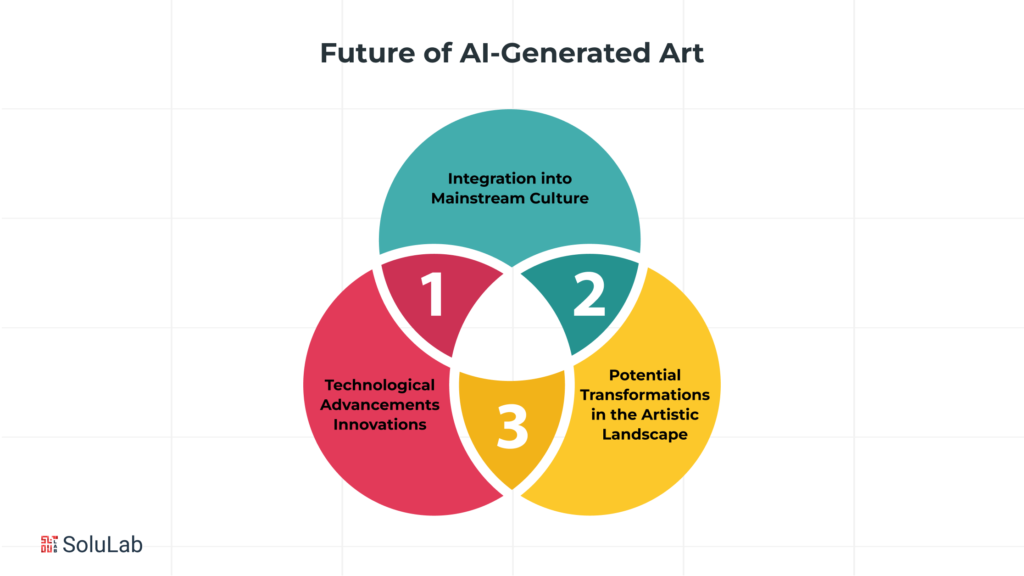
As Generative AI Art continues to captivate the imagination of artists and audiences alike, peering into the future reveals a landscape of limitless possibilities. Three key facets shape the trajectory of AI-generated art: technological advancements and innovations, integration into mainstream culture, and the potential transformations poised to redefine the very essence of the artistic landscape.
-
Technological Advancements and Innovations
The future of Generative AI Art is intrinsically tied to the relentless pace of technological progress. Anticipated advancements in AI algorithms, hardware capabilities, and machine learning models will usher in a new era of sophistication and refinement in AI-generated art. We can expect to witness AI systems that not only emulate established artistic styles with greater fidelity but also forge entirely novel aesthetic frontiers. The integration of advanced deep learning techniques and the fusion of AI with other cutting-edge technologies may birth unforeseen modes of creative expression. The canvas of tomorrow is painted with the promise of increasingly intricate, nuanced, and awe-inspiring AI-generated art.
-
Integration into Mainstream Culture
What is currently perceived as avant-garde may soon become an integral part of mainstream cultural expression. AI-generated art is poised to transition from the niche galleries of technological enthusiasts to the walls of traditional art spaces. As Generative AI Art becomes more accessible and accepted, artists and audiences alike will find themselves seamlessly integrating AI-generated pieces into their creative processes and aesthetic preferences. This integration extends beyond physical spaces to encompass digital platforms, where AI-generated art may become a ubiquitous element of our online visual experiences, forging a new paradigm in the democratization of artistic expression.
-
Potential Transformations in the Artistic Landscape
The ripple effects of Generative AI Art are not confined to the digital canvas; they extend into the very fabric of the artistic landscape. The collaborative dance between human artists and AI algorithms may redefine traditional roles, prompting a reconsideration of what it means to be a creator. AI-generated art, with its ability to break from convention and blend genres, has the potential to inspire a broader acceptance of diverse artistic styles. The boundaries that once separated different artistic movements may blur, giving rise to hybrid forms that draw inspiration from both human and machine ingenuity. The artistic landscape of the future may evolve into a rich tapestry where AI-generated art is not an anomaly but an integral thread in the broader narrative of creative exploration.
In this unfolding saga, the future of Generative AI Art is a canvas waiting to be painted with the strokes of technological ingenuity, cultural integration, and transformative shifts in artistic paradigms. As AI-generated art takes its place in the cultural tapestry, we find ourselves standing on the precipice of a creative renaissance, where the collaborative dance between human creativity and artificial intelligence continues to redefine the boundaries of what is artistically conceivable.
How Generative AI is Democratizing Art?
Generative AI is not merely a tool for artistic creation; it’s a transformative force that has the potential to democratize the very essence of art. As we explore the impact of AI in the artistic realm, three key dimensions come to the forefront: accessibility and inclusivity in artistic creation, the empowerment of diverse voices through technology, and the profound implications for the next generation of artists.
-
Accessibility and Inclusivity in Artistic Creation
Generative AI breaks down traditional barriers to entry, making artistic creation more accessible and inclusive than ever before. The technology allows individuals with varying levels of artistic expertise to engage in the creative process, offering a digital canvas where novices and seasoned artists alike can experiment, learn, and contribute to the artistic landscape. This democratization is not confined to the privileged few with extensive artistic training; it extends an invitation to anyone with a spark of creativity, providing a platform for diverse voices to be heard. Through Generative AI, art becomes a medium that transcends socio-economic and educational boundaries, creating a more egalitarian space for creative expression.
-
Empowering Diverse Voices through Technology
AI in art serves as a catalyst for the amplification of diverse voices and perspectives. By offering tools that can seamlessly integrate with different cultural influences and artistic traditions, Generative AI empowers artists from various backgrounds to infuse their unique identities into the artistic narrative. This technology becomes a medium through which underrepresented voices can resonate, challenging historical imbalances in the art world. The democratization facilitated by AI in art extends beyond geographic borders, fostering a global conversation where diverse cultures converge, enrich, and shape the evolving tapestry of artistic expression.
-
Implications for the Next Generation of Artists
As Generative AI becomes a pervasive force in the artistic landscape, its implications for the next generation of artists are profound. Young and aspiring creators are growing up in a world where AI is not just a tool but an integral part of the artistic toolkit. This exposure empowers them to navigate the evolving intersection of technology and creativity with fluency. The next generation of artists is poised to leverage AI not only as a means of artistic expression but also as a tool for social commentary, activism, and the exploration of new aesthetic frontiers. This symbiotic relationship between young artists and AI sets the stage for a future where creativity knows no bounds, and the democratization of art becomes a cornerstone of the artistic ethos.
In the tapestry of art, Generative AI emerges as a thread weaving together accessibility, diversity, and empowerment. As technology continues to evolve, it carries with it the promise of democratizing art, transforming it from an exclusive realm to an inclusive space where the voices of many can harmonize, creating a mosaic of creativity that reflects the rich diversity of the human experience.
Final Words
In the symphony of pixels and algorithms, the journey through the realms of Generative AI Art has been nothing short of transformative. From collaboration between artists and algorithms to the potential democratization of artistic expression, the impact of Artificial Intelligence in art is reshaping the very fabric of the creative landscape. As we navigate the uncharted territory of AI-generated art, it becomes evident that the fusion of human ingenuity with machine intelligence is not just a technological evolution but a renaissance in artistic exploration.
The significance of Generative AI lies not only in its ability to unleash creativity but also in its potential to redefine the fundamental principles of art. The technology blurs the lines between tradition and innovation, challenging conventional notions of authorship and democratizing the act of creation. As we stand on the cusp of a new era in the art industry, the democratization facilitated by AI offers a promise of inclusivity, diversity, and accessibility, ushering in a paradigm where art is no longer confined to the elite but becomes a shared tapestry woven by creators from all walks of life.
In this landscape of infinite possibilities, the future of Generative AI Art holds promise and potential. As technology continues to advance, SoluLab emerges as a pioneering force at the intersection of Artificial Intelligence in Art. SoluLab’s expertise and innovative solutions empower artists and businesses to harness the full potential of Generative AI, offering tools and insights that propel the art industry into new frontiers. Through collaborative efforts and a commitment to pushing the boundaries of creativity, SoluLab stands as a beacon in the transformative journey of Generative AI development services in the realm of art, ensuring that the fusion of technology and artistic expression continues to evolve and inspire for years to come.
FAQs
1. What is Generative AI Art, and how does it differ from traditional art?
Generative AI Art is a form of artistic creation where algorithms, particularly Generative Adversarial Networks (GANs), autonomously produce original pieces of art. Unlike traditional art, where the artist manually guides the creative process, Generative AI introduces a collaborative approach, with the algorithm acting as a co-creator, generating artwork based on the artist’s input and direction.
2. How does Generative AI impact the democratization of art?
Generative AI democratizes art by making the creative process more accessible and inclusive. The technology allows artists of varying skill levels to engage in artistic creation, breaking down traditional barriers to entry. It empowers diverse voices by providing a platform for individuals from different backgrounds to contribute to the artistic landscape, fostering a more egalitarian space for creative expression.
3. What are the ethical considerations surrounding Generative AI Art?
Ethical considerations in Generative AI Art include questions of ownership and authorship, potential biases in algorithms, and the ethical responsibilities of AI artists. The collaborative nature of AI art raises challenges in defining who owns the rights to the artwork, while the potential for bias in algorithms prompts scrutiny to ensure fair representation. Ethical responsibilities include transparent communication about AI involvement and addressing environmental concerns related to energy-intensive AI processes.
4. How is Generative AI Art integrated into mainstream culture?
Generative AI Art is gradually becoming integrated into mainstream culture as artists and audiences embrace its possibilities. The technology allows for the creation of AI-generated pieces that resonate with a wide audience, and as AI tools become more accessible, these artworks find their place not only in niche galleries but also in traditional art spaces. The digital landscape, including social media platforms, further facilitates the integration of AI-generated art into our visual experiences.
5. How does SoluLab contribute to the Generative AI Art landscape?
SoluLab is a leading force at the intersection of Artificial Intelligence in Art. Through innovative solutions and expertise, SoluLab empowers artists and businesses to harness the full potential of Generative AI. By offering tools and insights that propel the art industry into new frontiers, SoluLab plays a pivotal role in ensuring that the fusion of technology and artistic expression continues to evolve and inspire.




